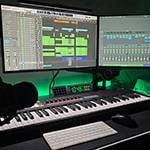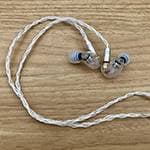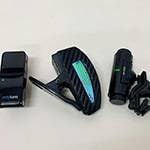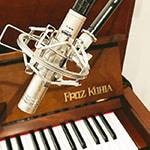The previous feature on the Rhodes piano will take a pause for now, and in this issue, I’d like to focus on the theme of reverb applied to synthesizers, which are electric instruments.
This is a topic I’ve wanted to explore for a long time. There is no music around us that doesn't have some form of reverb. In this article, I will introduce the concept of reverb, reverb devices, and music where reverb plays a key role.
What does it mean for sound to resonate and the air to vibrate?
When you sing while submerged in a bathtub, even a poorly sung note can sound better. This is because of the effect of reverb.
In the past, bathrooms were generally small, and the walls were often tiled. When a voice was emitted in such a small space, it would bounce off the hard tiled walls, creating a resonant effect that made it seem like the voice was improved. In common terms, this would be referred to as an echo (reverb). Similarly, when you climb a mountain and shout "Yoo-hoo!" only to hear it bounce back, that hi-de-ho is also a perfect example of an echo.
An acoustic guitar has a body that enhances the resonance of the strings' vibrations. Similarly, an acoustic piano has a soundboard and a frame that amplify the sound produced when the hammers strike the strings. The same applies to instruments like the violin and ukulele.
From these spaces, reverb is generated and reaches our ears along with the natural sound of the instrument.
A dry, reverb-less sound is not very comfortable to our ears.
The violin, which originated in Europe, doesn’t sound very good when played in a traditional Japanese tatami room. The structure of a Japanese room is made of materials that don't promote sound resonance. Tatami mats, shoji screens, fusuma doors, and earthen walls absorb sound and don't create a rich resonance.
On the other hand, Europe has a culture rooted in stone. When I visited the home of a trumpet player from the Vienna Philharmonic, it was almost like a castle. The ceilings were high, and the walls were made of stone. Compared to the dead, dry space of a Japanese room, it was very much like a concert hall.
This experience made me realize how the materials of a space can affect the way sound is heard and how reverb is created.
I once entered a soundproof room at Kawai Musical Instruments while working on a special program about synthesizers. The moment the door to the soundproof room closed, two thoughts immediately came to mind: "What is this...?" and "This feels strange."
The soundproof room was surrounded on all sides by sponge-like sound-absorbing material, resembling some sort of ghostly presence. Once inside, I felt as though my ears were sealed by something powerful. No sound from the surroundings could be heard, and even speaking felt completely unnatural. It seemed as though I had lost my sense of balance.
Musical instrument manufacturers use these soundproof rooms to measure the sound characteristics of the instruments they produce.

Inside a soundproof room, CC BY-SA 4.0 (Quoted from Wikipedia)
The moment I stepped out of the soundproof room, I became acutely aware of how much noise and sound I live amidst every day. Sound exists in many places and under various conditions, reflecting and reaching our ears. Sound is the vibration of air, and I realized that humans could not exist in a world where there is no resonance, where the air does not vibrate.
The Original Sound of a Synthesizer That Doesn’t Stir the Air
Now, back to the topic of instruments. A synthesizer is simply a mechanical device. The sound output from the machine travels through cables and is amplified by an amplifier. The sound produced by the synthesizer doesn’t stir the air until it reaches the amplifier. When listening to the sound coming from the amplifier, it can often sound quite dry and uninteresting.
This is because the sound from the synthesizer lacks the "air coating" of reverb, which would normally add richness and depth to the sound.
Most amplifiers have a reverb (echo) knob. This allows you to adjust the level of reverb on the amplifier side. By adding reverb to the sound coming from the mechanical device, the sound is transformed into a richer, more usable tone with a smoother, more polished character.
Reverb Devices Absolutely Essential for Synthesizers: Delay and Reverb!
There are several types of reverb devices, including delay (echo) and reverb (resonance). Most of the sounds we hear on the radio, CDs, or records have some form of delay or reverb applied. This is especially true for synthesizer sounds.
Recently, most synthesizers come with built-in delay and reverb effects. However, professional synthesizers, such as the expensive Prophet-5 or Minimoog, may not include these effects. This is because, during recording, professionals often prefer to use high-end external effects (delay, reverb) instead of relying on the built-in effects.
Amateur-level synthesizers, on the other hand, typically have reverb effects built-in, as reverb is an essential element for synthesizer sound.
In the monophonic era of synthesizers
Around 1976, the dominant synthesizers were monophonic models such as the Korg miniKORG 700S, Korg 800DV, Roland SH-3, and SH-5, which could only produce single-note sounds (though the 800DV could produce two notes). Yamaha had not yet released monophonic synthesizers.
For amateurs at the time, having access to reverb devices was a dream far out of reach. I owned an SH-5, but the mixer in my university’s light music club didn’t have any reverb devices, so I practiced with the raw sound of the SH-5. At the time, I didn’t have much knowledge about reverb, and the sound coming from the SH-5 was a rough, unpolished synth tone.
In my second year of university, I purchased a BOSS analog delay for around 30,000 yen. I had seen the guitarist Sano from Space Circus use the same analog delay at a live show at the "Yaneura" live house in Shibuya. I remembered his settings and applied them to my SH-5, and the sound transformed dramatically (though I apologize for the awkward Japanese). I was truly made aware of the importance of "reverb" at that moment.
■ Recommended Album: "U.K. - The Four Knights of the Wretched Country" (2003)
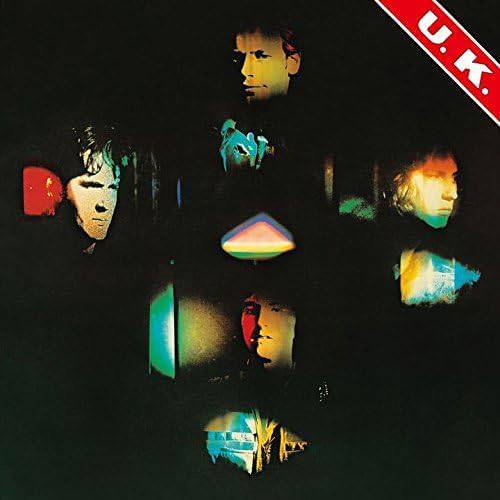
U.K. is a legendary progressive rock supergroup formed by John Wetton (bass), Eddie Jobson (keyboards), Bill Bruford (drums), and Allan Holdsworth (guitar). The band brought together four virtuoso musicians known for their remarkable talents and diverse backgrounds in the music world.
Eddie Jobson, the keyboardist of U.K., is a multi-talented technician who had previously worked with bands like Frank Zappa's band, Curved Air, and Roxy Music. Known for his versatility, he played various synthesizers such as the Minimoog, Yamaha CS-80, Prophet-5, and the EMS VCS3, contributing to the band's rich and layered sound.
Recommended Track: "Alaska"
When thinking of the themes "synthesizer" and "reverb," the first track that comes to mind is "Alaska." This piece is played on a Yamaha CS-80, a 6-voice polyphonic synthesizer, and it sounds as if an entire orchestra is performing. The reason for this lies in the rich reverb applied to the sound, which enhances the realism of the horns and strings.
A few years ago, I installed a special program on Yamaha's workstation synth, the MODX, which included a preset of the CS-80's sound. To my surprise, I encountered a tone remarkably similar to the one in "Alaska" – it was exactly the same. The deep reverb effect was still intact.
I decided to cancel the effects to hear the dry sound. "So this is what the raw sound is like..." I couldn't help but feel a certain indescribable emotion.
Musicians, Albums, and Recommended Track Covered in This Feature
- Artists:Eddie Jobson, John Wetton, Bill Bruford, Allan Holdsworth
- Album: "U.K. - The Four Knights of the Wretched Country"
- Recommended Track:"Alaska"
The “sound & person” column is made up of contributions from you.
For details about contributing, click here.






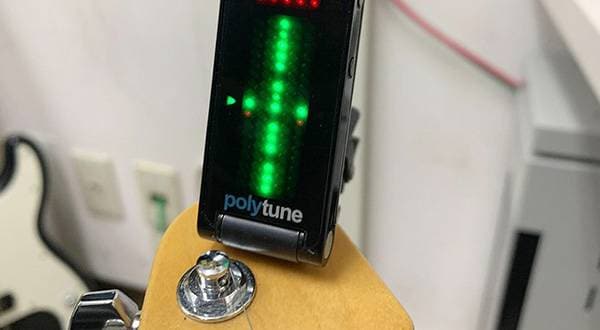
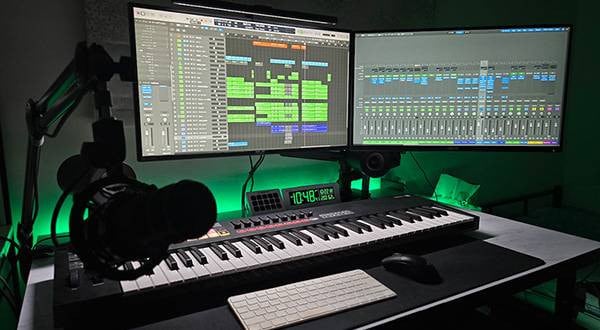
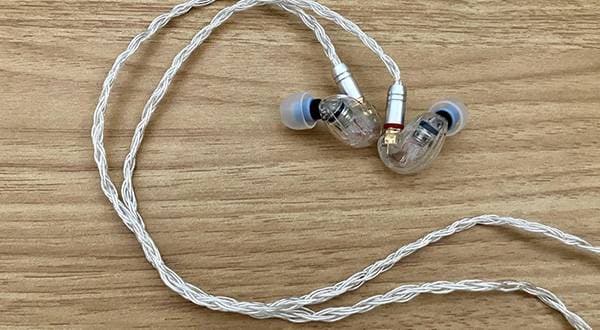
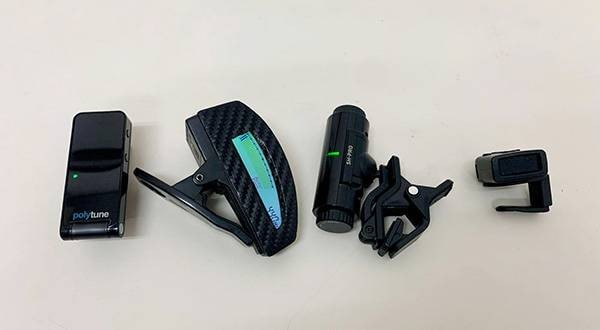

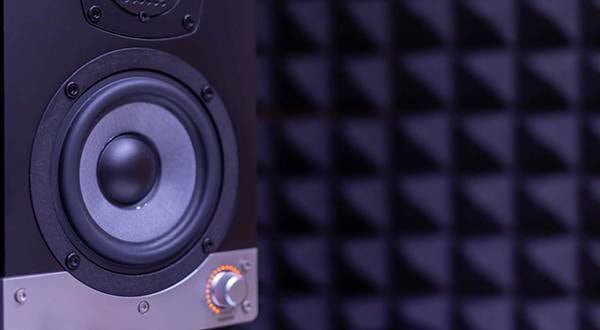
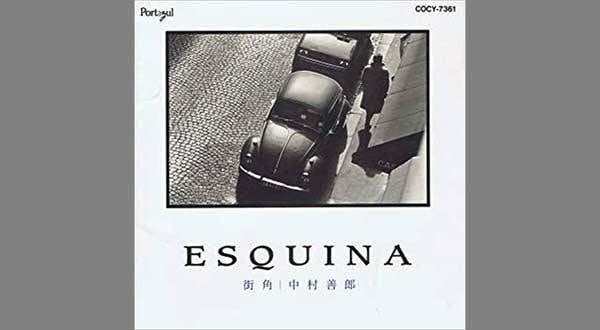
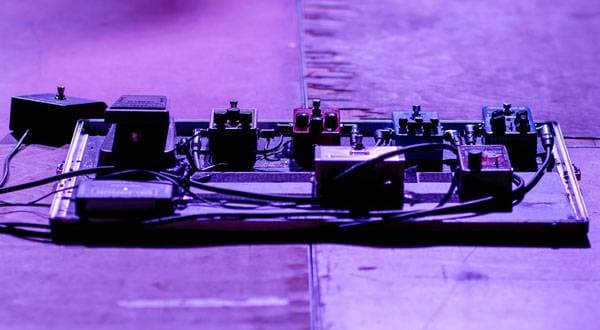
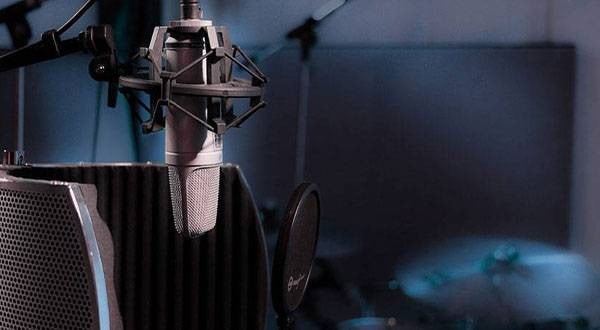


 Nord(ノード)特集
Nord(ノード)特集
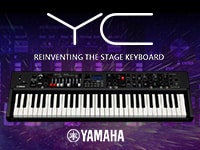 YAMAHA YC61 特集
YAMAHA YC61 特集
 シンセサイザー 入門ガイド
シンセサイザー 入門ガイド
 VISCOUNT特集ページ
VISCOUNT特集ページ
 PLAYTECH キーボードセレクター
PLAYTECH キーボードセレクター
 PLAYTECH 鍵盤特集
PLAYTECH 鍵盤特集

